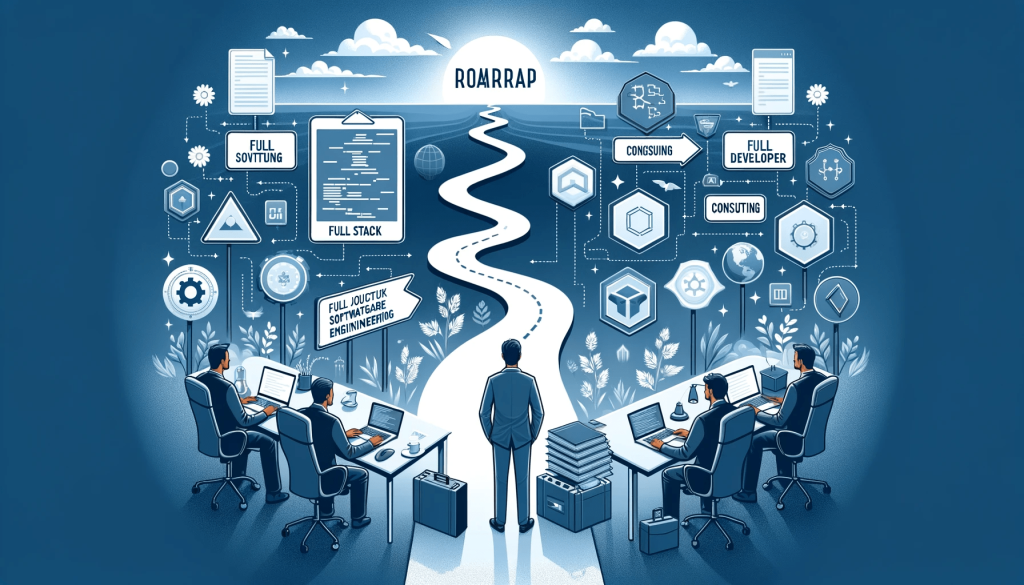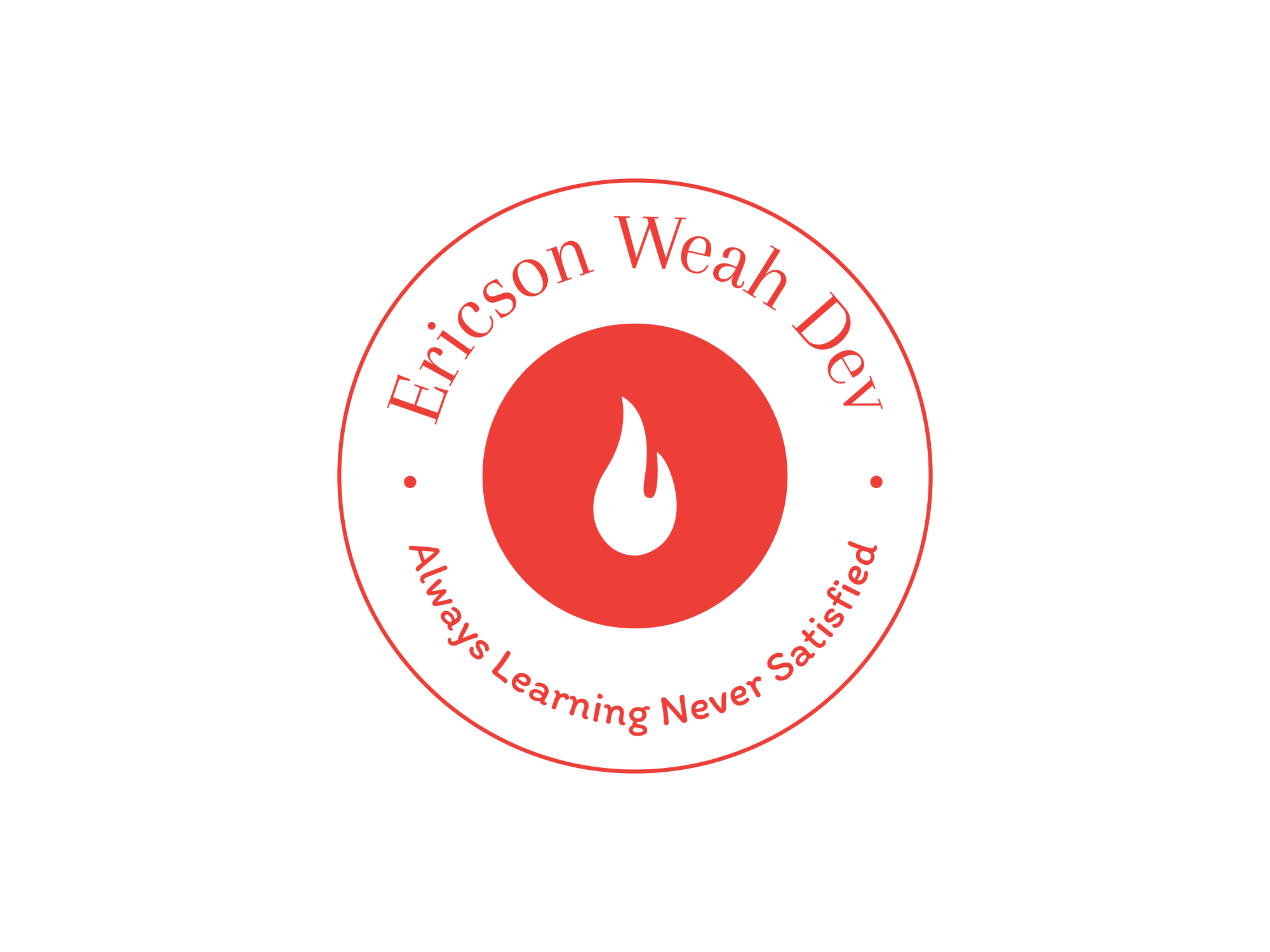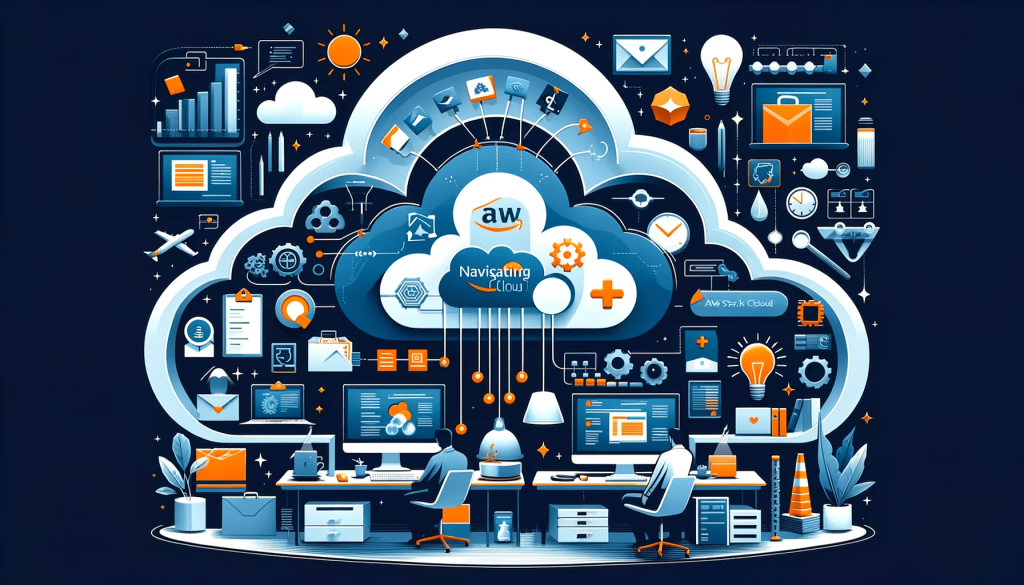The Journey to Becoming a Full Stack Developer: A Roadmap

In today’s rapidly evolving tech industry, the role of a full stack developer has become increasingly significant. Full stack developers are the Swiss Army knives of the tech world, capable of working on both the front end and back end of an application. This versatility makes them highly valuable to companies looking to streamline their development processes and innovate faster. In this blog post, we will outline a detailed roadmap to becoming a full stack developer, providing you with the essential steps, tips, and resources to embark on this rewarding journey.
Introduction
Becoming a full stack developer is not just about mastering a variety of technologies; it’s about understanding how to integrate and leverage these technologies to build comprehensive and efficient software solutions. Full stack developers are in high demand due to their ability to handle the complete development lifecycle, from designing user interfaces to managing databases and server infrastructures. This guide will help you navigate the path to becoming a full stack developer, offering insights and practical advice to achieve your goals.
Roadmap to Becoming a Full Stack Developer
Understanding the Role and Responsibilities
The first step in your journey is to understand what it means to be a full stack developer. This role involves working on both the client side (front end) and server side (back end) of web applications. Responsibilities typically include:
- Designing and implementing user interfaces
- Developing server-side logic and APIs
- Managing databases and data storage solutions
- Ensuring cross-platform optimization and responsiveness
- Collaborating with other developers, designers, and stakeholders
Learning Foundational Programming Languages
To build a strong foundation, start with the basics:
- HTML: The standard markup language for creating web pages.
- CSS: The style sheet language used for describing the presentation of a document written in HTML.
- JavaScript: A high-level programming language that enables interactive web pages and is an essential skill for any full stack developer.
Mastering Front-End Frameworks
Modern web development relies heavily on front-end frameworks to create dynamic and responsive user interfaces. Some popular frameworks include:
- React: A JavaScript library for building user interfaces, maintained by Facebook.
- Angular: A TypeScript-based open-source web application framework led by the Angular Team at Google.
- Vue.js: A progressive JavaScript framework for building user interfaces.
Gaining Proficiency in Back-End Technologies
Back-end development involves creating the server-side logic that powers web applications. Key technologies to learn include:
- Node.js: A JavaScript runtime built on Chrome’s V8 JavaScript engine, used for building scalable network applications.
- Python: A high-level programming language known for its readability and versatility, often used with frameworks like Django and Flask.
- Ruby on Rails: A server-side web application framework written in Ruby, emphasizing convention over configuration.
Acquiring Knowledge of Databases
Understanding how to manage data is crucial for full stack development. Focus on:
- SQL Databases: Such as MySQL and PostgreSQL, which use structured query language (SQL) for database management.
- NoSQL Databases: Such as MongoDB and Cassandra, which provide flexible schema design and horizontal scalability.
Exploring Version Control Systems
Version control systems are essential for managing code changes and collaborating with other developers. Learn to use:
- Git: A distributed version control system for tracking changes in source code.
- GitHub: A platform for version control and collaboration, allowing multiple people to work on projects simultaneously.
Understanding Server, Network, and Hosting Environments
Knowledge of server and network environments is essential for deploying and maintaining web applications. Key areas include:
- Server Management: Understanding how to set up and manage servers, including Linux-based systems.
- Networking: Basics of networking, including DNS, IP addresses, and HTTP/HTTPS protocols.
- Hosting: Familiarity with cloud services like AWS, Azure, and Google Cloud for hosting applications.
Familiarizing with Development Tools and Best Practices
Efficient development requires the right tools and practices:
- Docker: A platform for developing, shipping, and running applications in containers.
- CI/CD: Continuous integration and continuous deployment pipelines to automate testing and deployment.
Tips for Continuous Learning
The tech industry evolves rapidly, so continuous learning is essential. Here are some tips:
- Stay Updated: Follow tech blogs, subscribe to newsletters, and join online forums and communities.
- Online Courses: Platforms like Udemy, Coursera, and Pluralsight offer courses on the latest technologies and best practices.
- Coding Bootcamps: Intensive coding bootcamps like Le Wagon and General Assembly can accelerate your learning process.
- Practice: Build your own projects, contribute to open source, and participate in coding challenges on platforms like HackerRank and LeetCode.
Personal Anecdotes and Case Studies
Experienced full stack developers often emphasize the importance of hands-on experience. For instance, Jane Doe, a full stack developer at Tech Solutions, attributes her success to building numerous side projects and contributing to open-source communities. These experiences not only honed her technical skills but also provided valuable insights into real-world problem-solving and collaboration.
Resources for Further Learning
- Books: “Eloquent JavaScript” by Marijn Haverbeke, “You Don’t Know JS” by Kyle Simpson, “Learning Python” by Mark Lutz.
- Online Courses: Codecademy, freeCodeCamp, Khan Academy.
- Communities: Stack Overflow, GitHub, Reddit’s r/learnprogramming.
Conclusion
Becoming a full stack developer is a challenging yet rewarding journey that opens up numerous opportunities in the tech industry. By following this roadmap and continuously learning and adapting to new technologies, you can develop the skills needed to excel in this dynamic field. Embrace the challenge, stay curious, and start building your future as a full stack developer today.
Embark on your journey with confidence, knowing that each step brings you closer to mastering the art of full stack development and unlocking new possibilities in the tech world.






 and then
and then
Responses